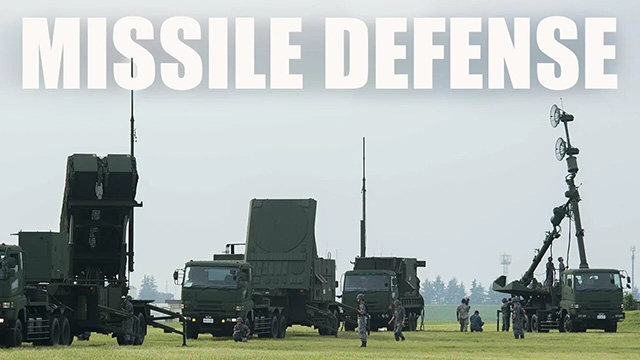 Pic.: Defense Express
Pic.: Defense Express
Between June 13 and 24 Iran launched 574 missiles attacking Israel (as a retaliation strike!). Some of them got through, despite Israeli and US efforts to stop them. Until now we have lacked convincing data allowing some cogent analysis of the results of missile defenses. That information is partly supplied by a new study by the Jewish Institute for National Security Affairs, a Washington-based think tank that is pro-US defense and pro-Israel.
There are some surprises. The biggest one is the role of THAAD operated by US personnel in Israel and in the Gulf, Stephen Bryen, a former Deputy Under Secretary of Defense, notes.
THAAD is the Terminal High Altitude Area Defense system. It is designed to intercept short, medium and long range ballistic missiles. THAAD interceptors cost $12.7 million each, making them expensive, but not nearly as costly as the AEGIS SM-3 Block 2A interceptor that is priced at just under $28 million per shot.
According to the JINSA report, in the June conflict, THAAD intercepted 47.7 percent of all the missiles fired at Israel, an unexpectedly high number. In doing so, the US expended at least 14% of its total THAAD interceptor stockpile. JINSA says it will take Lockheed, which manufactures the THAAD interceptors, around 8 years to replenish the US stockpile, assuming the rate of production is not significantly increased.
In the recent conflict, Israel says it intercepted more than 200 Iranian missiles, Another 258 missiles were not intercepted because Israel determined they were not going to hit populated areas or critical infrastructure. THAAD intercepted 92 Iranian missiles.
According to Israeli reports, that left 57 Iranian missiles that got through and did damage.
What the information tells us is that more than half of Iran's missiles were inaccurate (for one reason or another). It tells us that Israel does not have an adequate missile intercept inventory or launcher capability. Apparently Israel recognizes this shortcoming, but it depends on US manufacturing to help fill the gaps.
It also tells us that Israel cannot defend its territory without the United States. The great importance of THAAD for defending Israel is critical.
Patriot also played a role in the conflict, mainly to defend al Udeid air base in Qatar. The Iranians fired 14 short and medium range missiles at the air base on the last day of the conflict, and the US was warned about the attack ahead of time by Iran. In response the US launched 30 Patriots and intercepted 13 out of 14 Iran's missiles. One missile got through and damaged a communications dome on the base.
In practice this means it takes at least two Patriot interceptors for every enemy missile fired. As is well known, the US is in short supply of Patriot, which the US, its allies and friends rely on for air defense. This has caused significant controversy in connection with supplies of Patriots for Ukraine.
The Pentagon has made clear that stockpiles are at a critical level and it does not want to deplete them further in support of Ukraine. Instead, at President Trump's initiative, Germany has agreed to supply Patriot interceptors (model unclear, as there are different Patriot interceptors, the most important PAC-3), but Germany does not have enough. The German Defense Minister, Boris Pistorius, is negotiating with his European counterparts, to "find" the missiles Ukraine needs. Allegedly, Germany will pick up the bill for replacing them later, but the Germans now want US guarantees.
The US and Israeli ability to manufacture air defense missiles is inadequate against Russia, Chinese, Iranian and maybe North Korean factories to produce ballistic missiles.
What is true for the defense of Israel, supplementation of Israel's local air defenses with US assets, also is true for Europe and Asia. NATO has very limited air defenses, well below what Israel has but a need to protect a massively bigger territory. Our Asian allies, Japan and South Korea, also have limited air defenses, mainly relying on their own Patriot systems or on Patriot plus AEGIS in the case of Japan. Taiwan has Patriot PAC-3, but not enough systems or missiles.
To make a long story short, the US and its allies are not well prepared against saturation missile attacks and don't have enough coverage to protect military installations, command and control centers, airfields, naval ports, or even logistic centers and factories (putting aside attacks focused on critical infrastructure, as we see on a daily basis in Ukraine).
It should be obvious that the US industrial base is not ready for the challenge, that there are not enough factories, and efficiency (understood in terms of output) is low. The Pentagon is still relying on ordering missile production from existing factories rather than really trying to reform the manufacturing infrastructure so we can match the output of Russia, China or even Iran.
read more in our Telegram-channel https://t.me/The_International_Affairs

 11:00 28.07.2025 •
11:00 28.07.2025 •






















